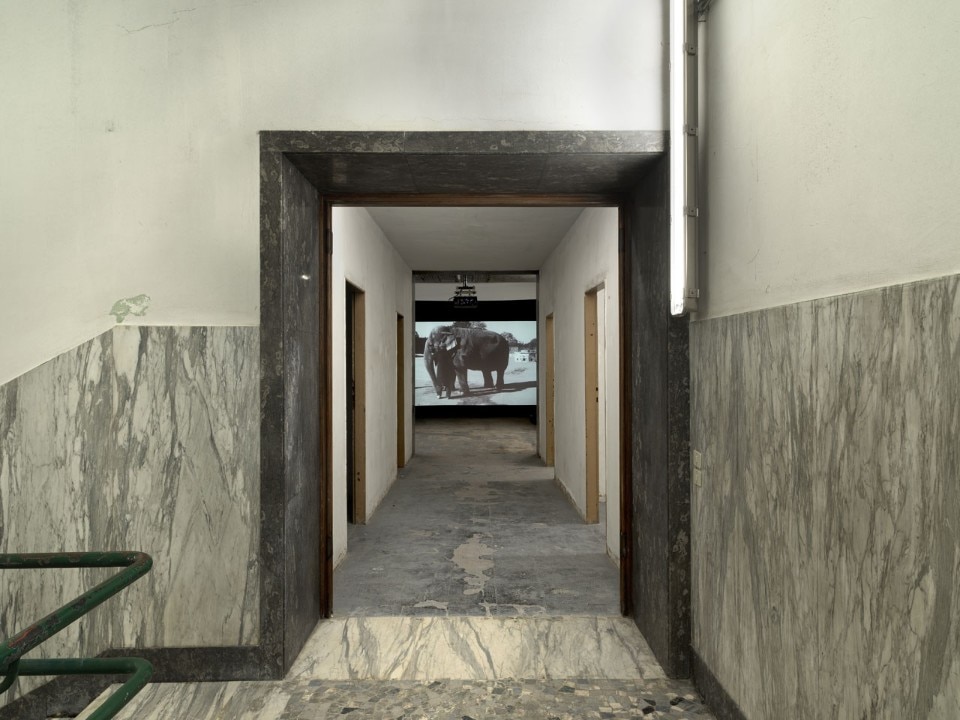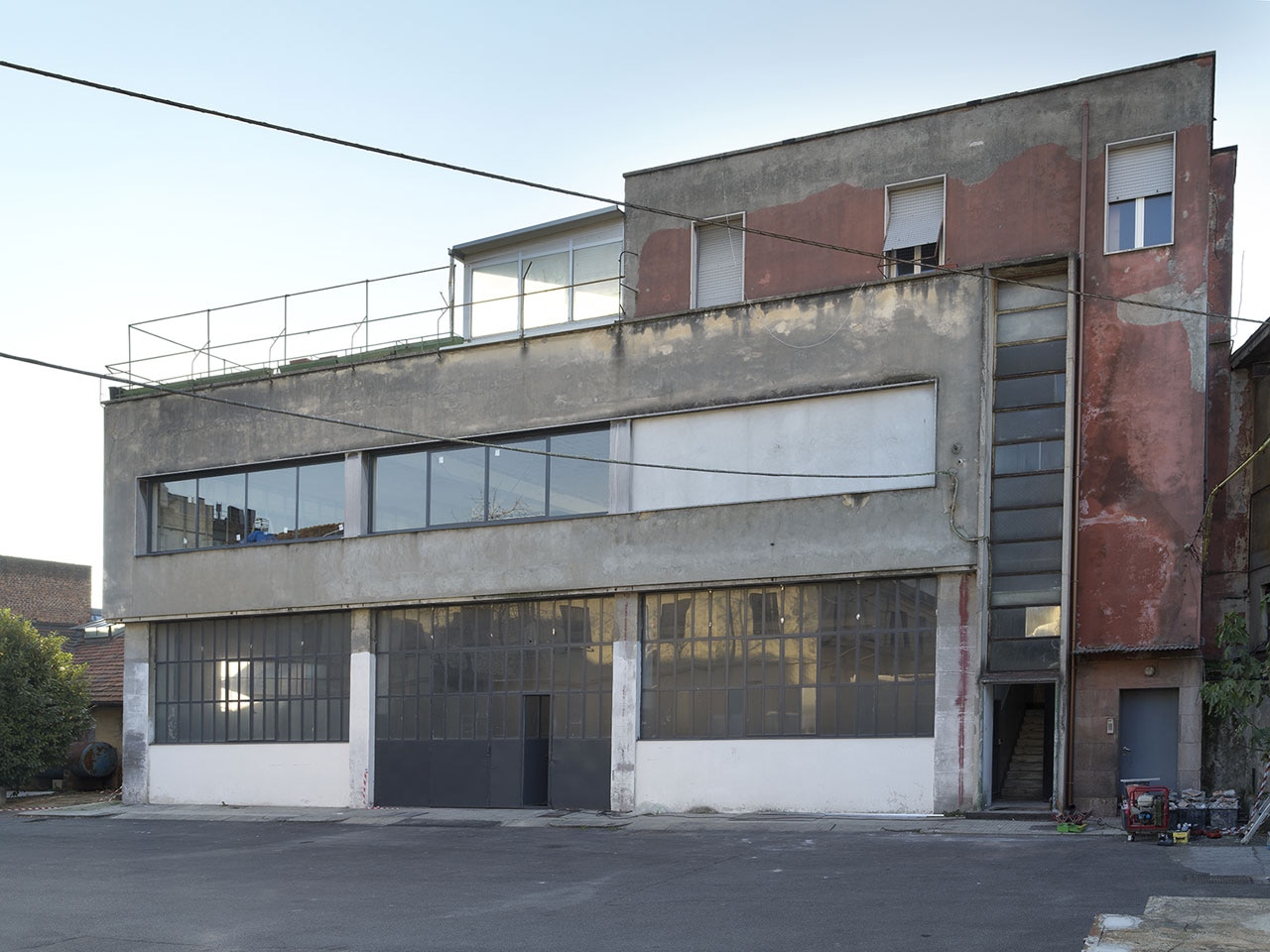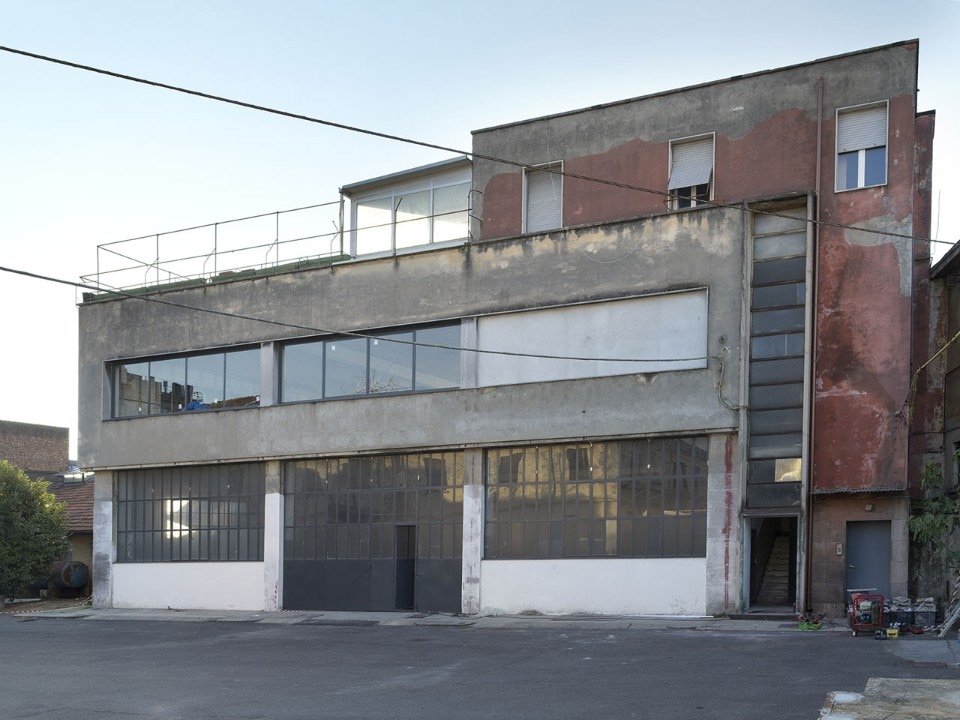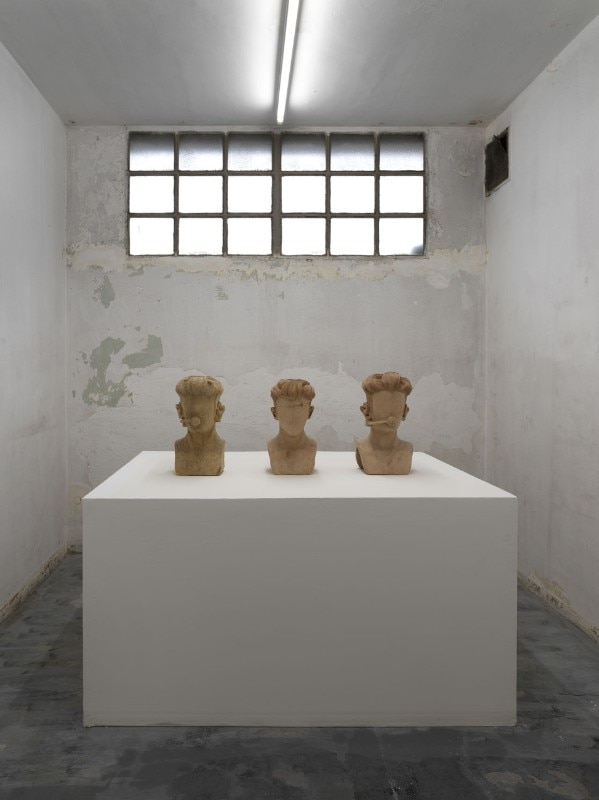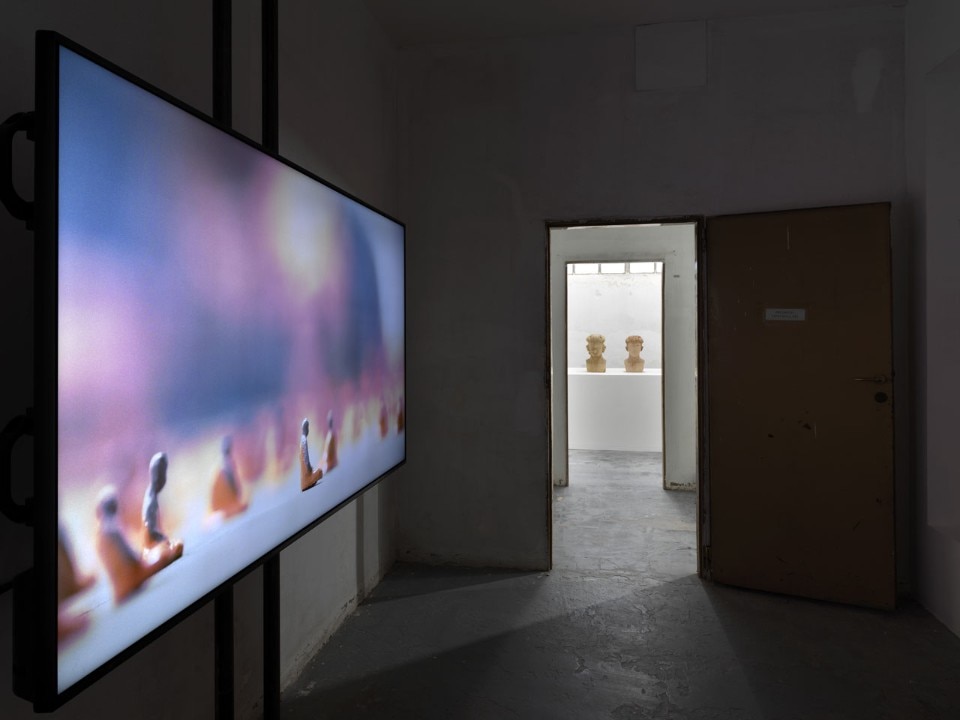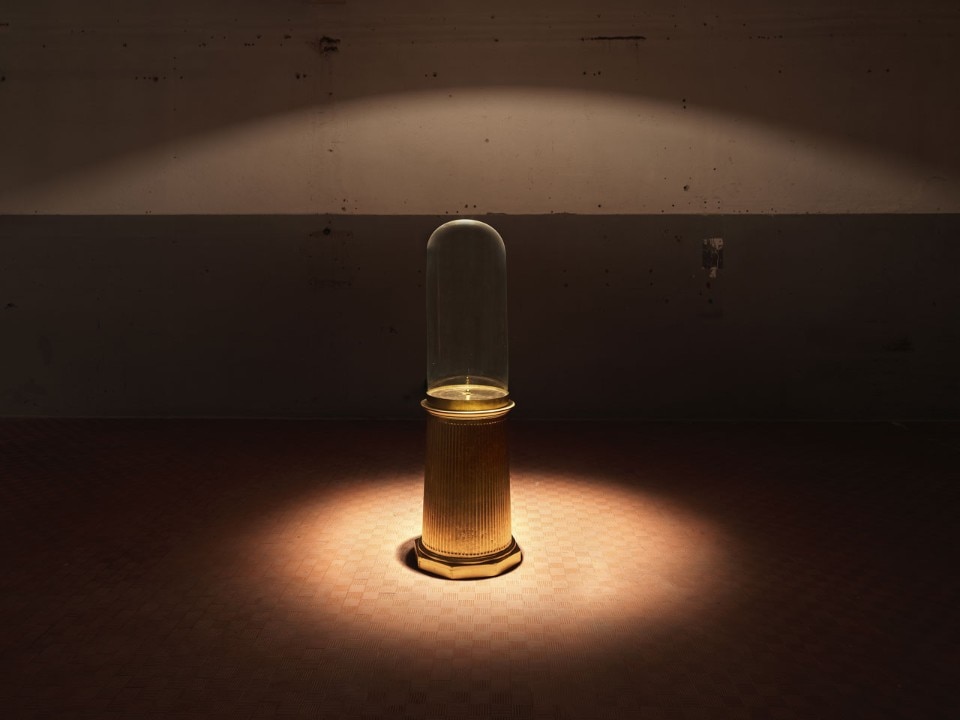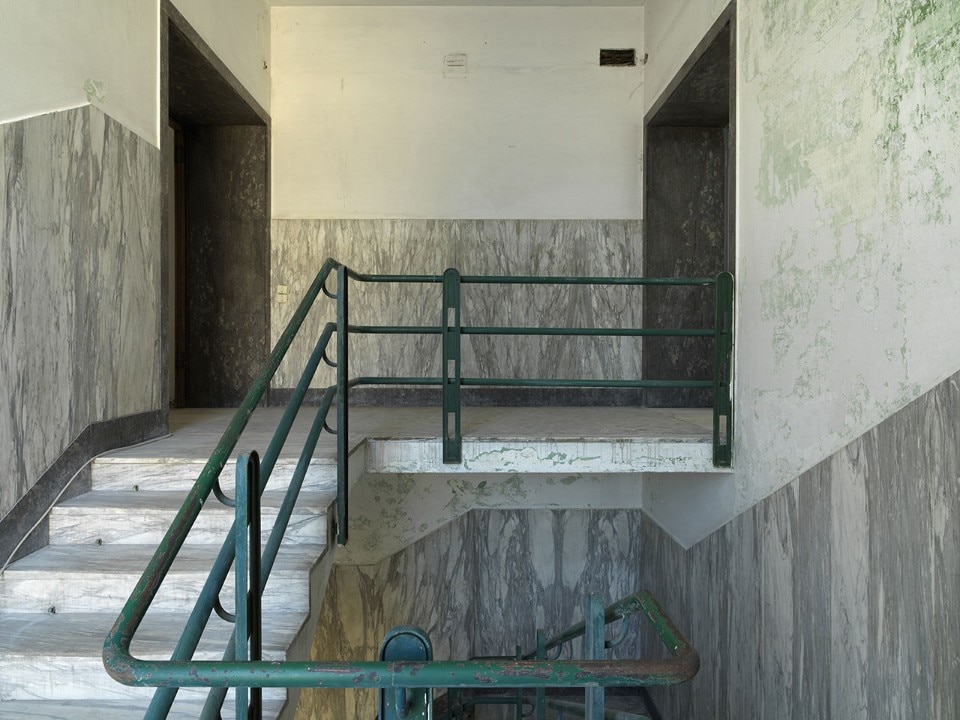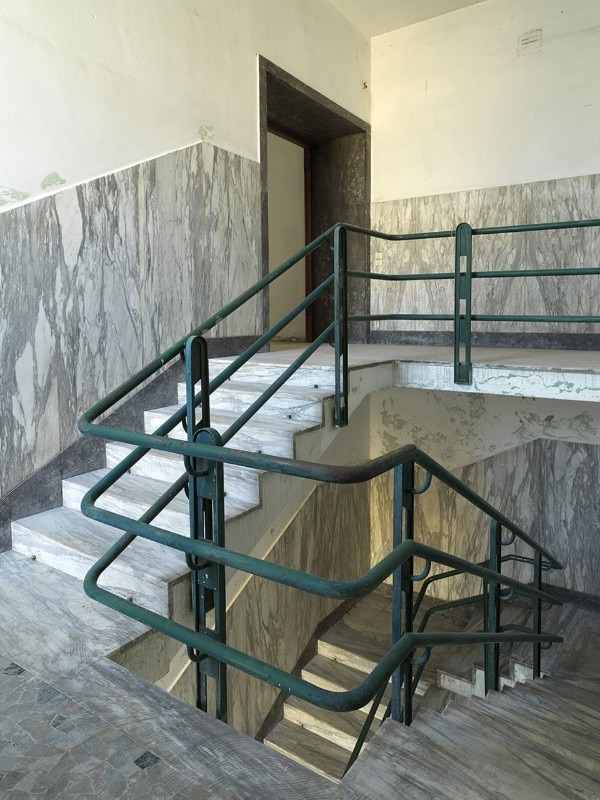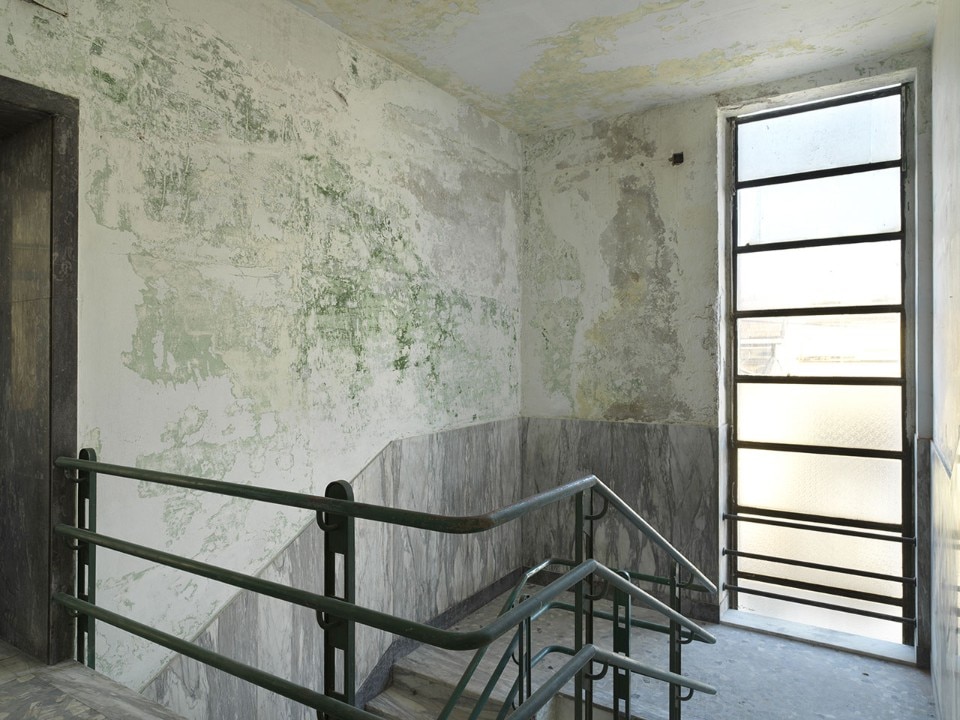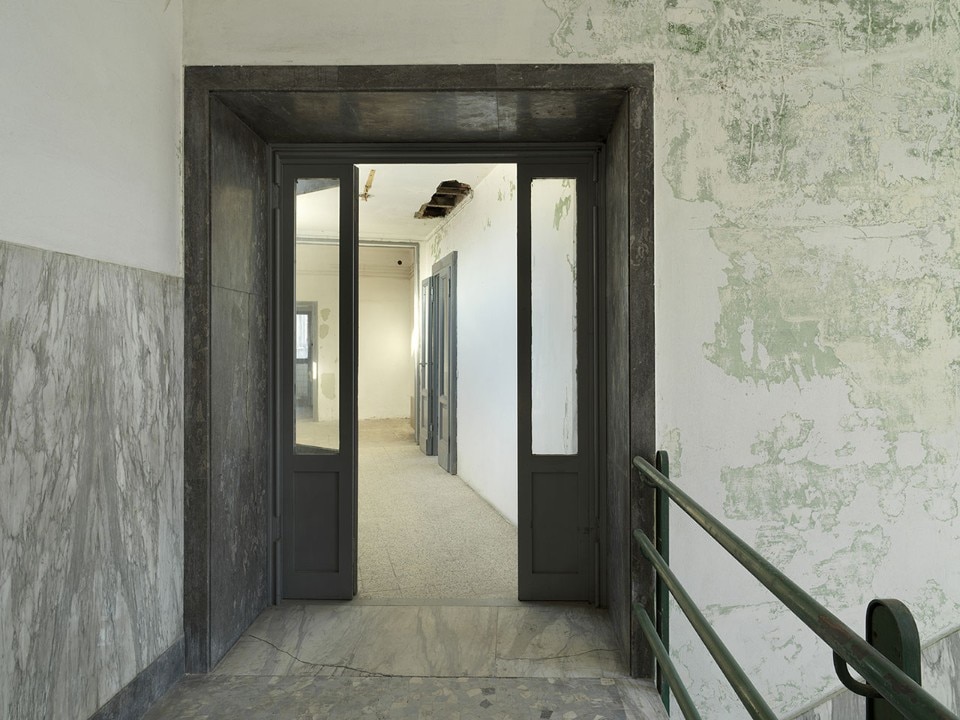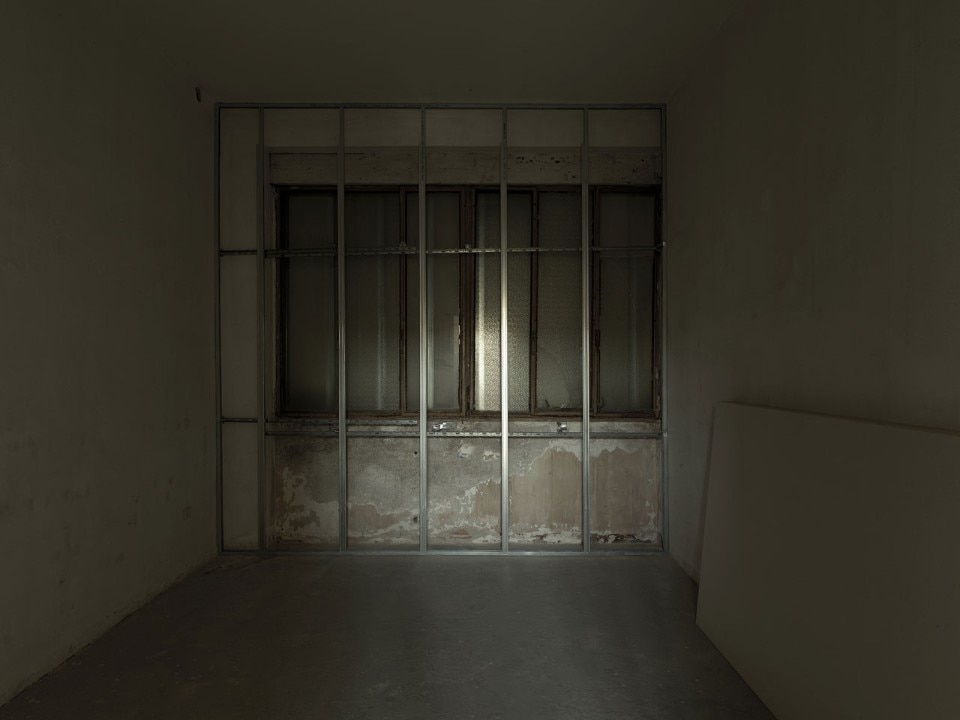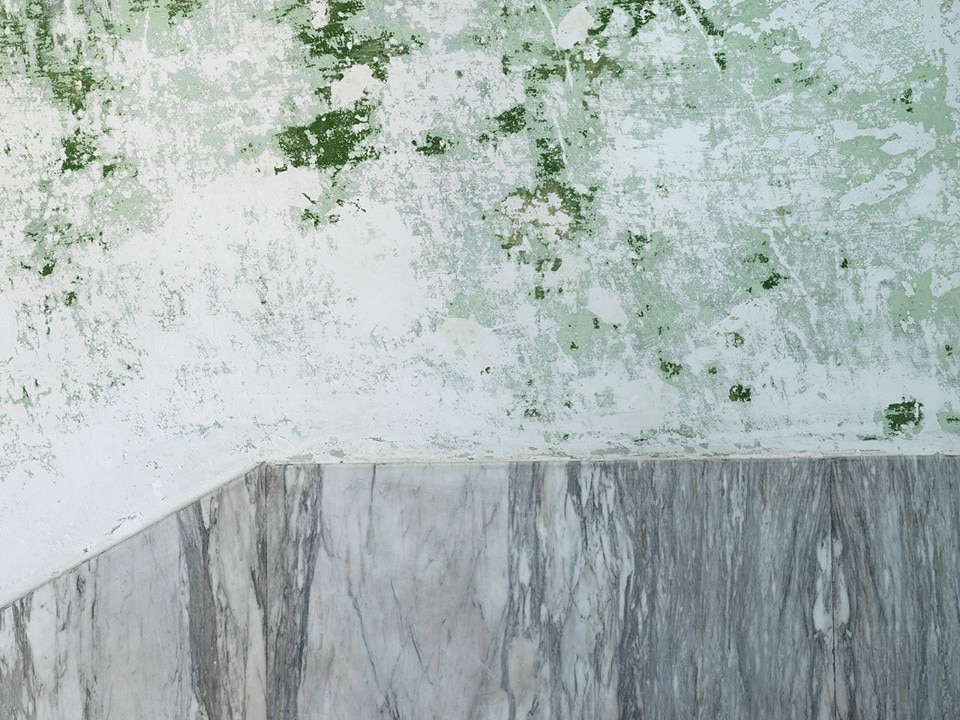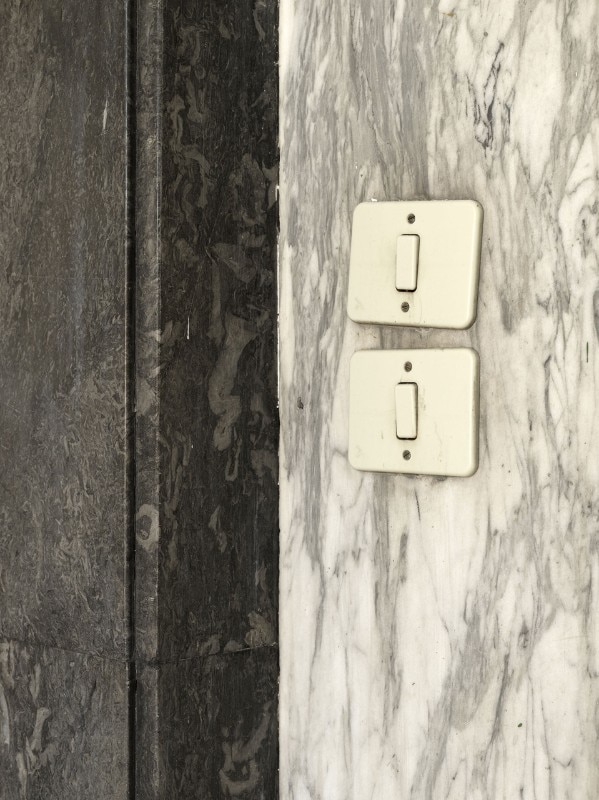The ICA Milan Institute for Contemporary Art has opened in the Ripamonti Area, a new non-profit centre which draws inspiration from the legendary London ICA and its work regarding research in the cultural, artistic, historic and sociological fields.
The location is a 1930s ex-office block in Via Orobia, just a short way away from the Prada Foundation and from Piazza Adriano Olivetti, recently inaugurated as part of the new Technological District Symbiosis, an area that forms part of the European development project Horizon 2020 and one of the drivers for the district surrounding Porta Romana.
It has been founded by four collectors – Bruno Bolfo, Giancarlo Bonollo, Enea Righi and Lorenzo Sassoli de Bianchi –, who, together with Alberto Salvadori, curator and director of the project, have set up a series of initiatives inspired by the themes of participation and sharing.
Contemporary art exhibitions, and more: art is the starting point for the development of didactic and social activities, international exchanges with other institutions, and above all a dialogue with citizens.
Among the more interesting proposals is the ICA Milan School of Philosophy, led by Riccardo Venturi, which through workshops and seminars will seek to identify relationships between art and contemporary philosophy.
ICA Cinema will offer free public screenings, and a programme of thematic and solo exhibitions, such as the up-coming show dedicated to Hans Josephsohn.
A special project room will instead be dedicated to well-known galleries such as Beatrice Monti della Corte’s Ariete, which at the beginning of the 1960s brought artists of the calibre of Bob Rauschenberg and Francis Bacon to Milan.
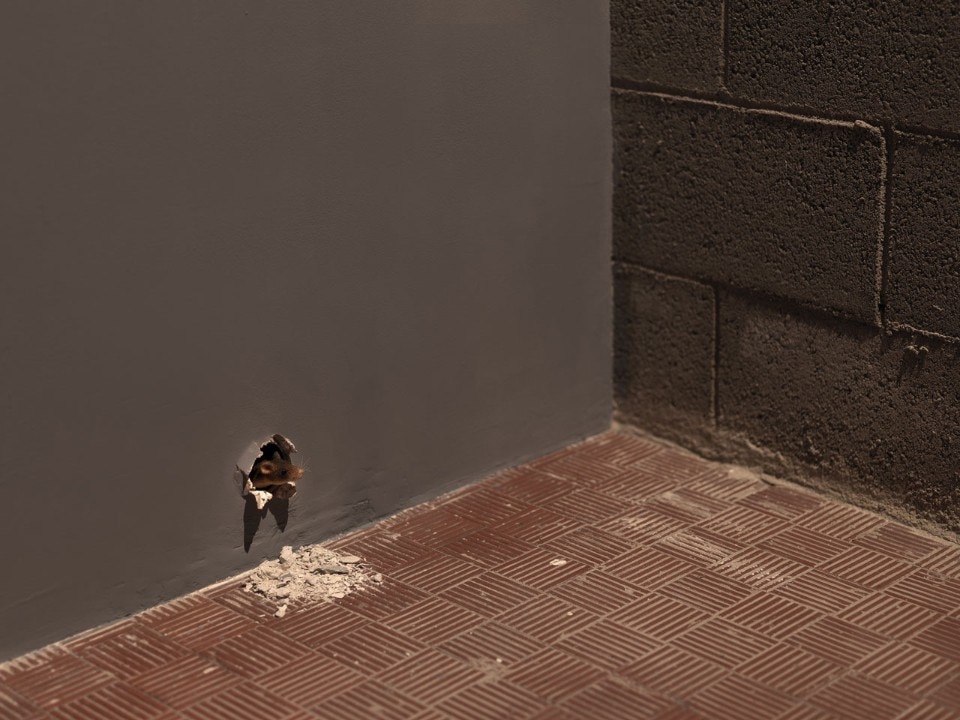
The project will open with the exhibition “Apologia della Storia | The Historian’s Craft”, which has borrowed both title and concept from one of the most important studies by the Historian Marc Bloch.
Curated by Savladori, together with Luigi Fassi, the exhibition is a distillation of history made by mankind for mankind, a story of daily events and not only of epic facts. A story which traces the effects of important stories in every-day life, and which takes daily life as a starting point to construct collective memory and historic conscience seen in light of the past.
Similarly, in an everyday but potent manner, Ryan Gander has a robot mouse peeking out of his nest recite the final scene of The Great Dictator, the caustically satirical film on Nazism by Charlie Chaplin. The voice of the mouse, which resounds throughout the empty ground floor, is delicate and soft, that of a little girl, the artist’s daughter, calmly speaking such horrible words with an air of total normality.
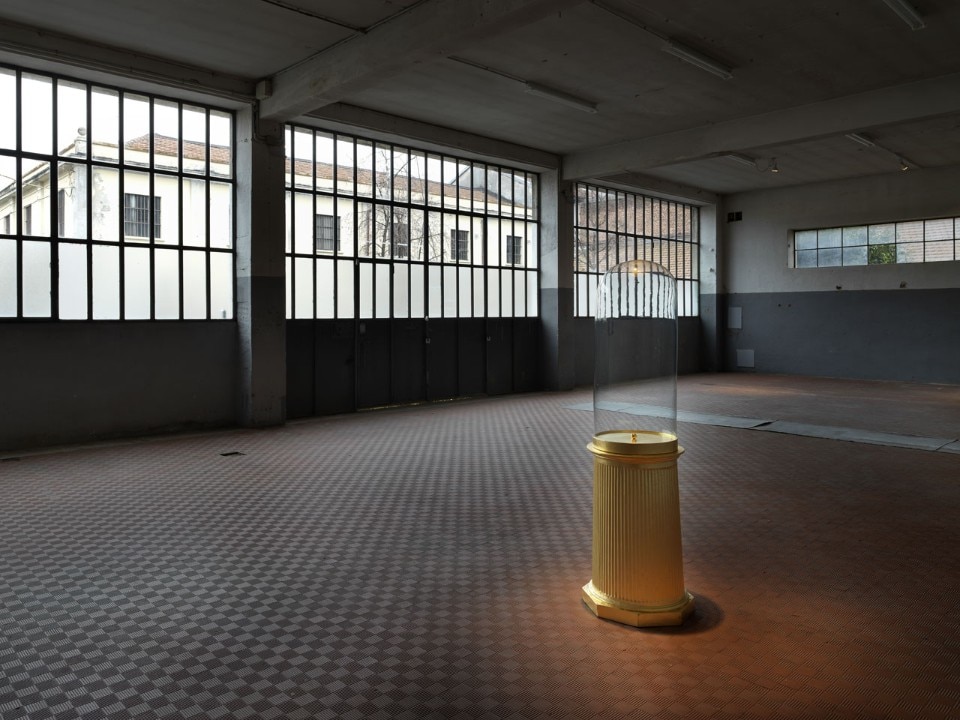
The Venezuelan Javier Tèllez screens a film inspired by Diderot as a protest against the powers that be and the inflexible categories of vision and understanding, which shows six blind people taking turns to caress an elephant and describe the experience, proposing further possibilities for language and imagination.
History is also made up of this. Small details which may seem picturesque, like donkeys on a hill on the Virgin Islands (Looking for Donkeys by the Danish Nanna Debois Buhl), instead express a violent colonial past which even has an effect on the nature and morphology of the place.
In the photographs by Yto Barrada, intricate systems of pipes and taps set up in a square in Tangier declare the availability of out-of-work plumbers and protests against the serious lack of work which is tormenting the country.
In the work History After Apartheid, Haroon Gunn-Salie presents us with the harsh political reality which tinges daily life with terror. His images of crowd dispersal through the use of cannons spouting coloured water to mark demonstrators and be able to identify and persecute them expresses the brutality of authoritarian systems from South Africa back through time.
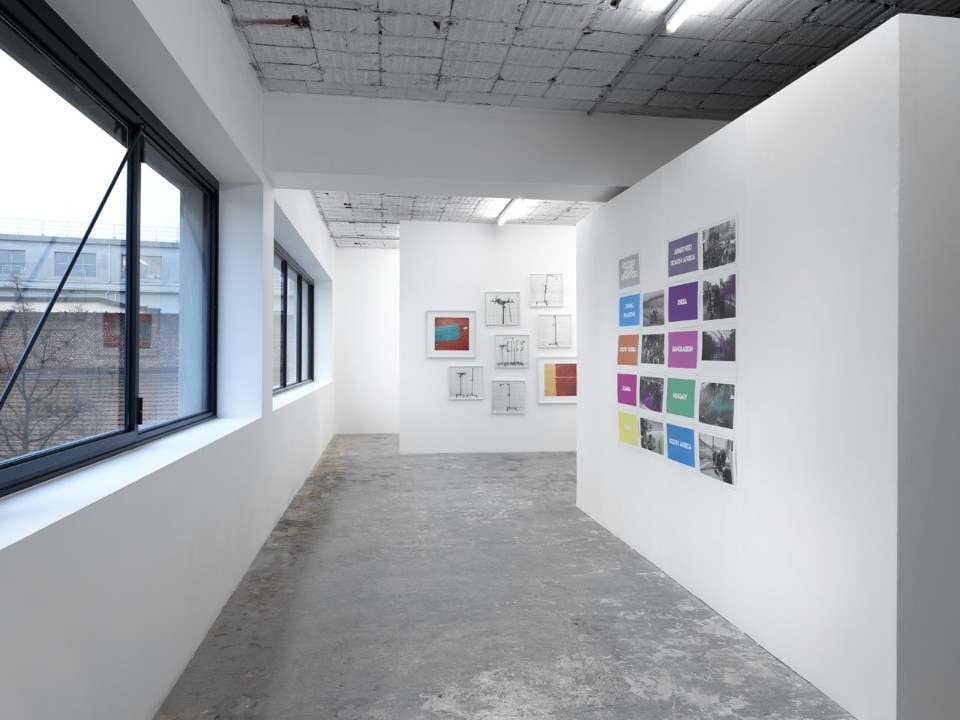
The exhibition presents a contemporary geopolitical map of macro- and microscopic events, of places, identities, wars and dictatorships, always finding a common thread of resistance and resilience; and art, as an aesthetic experience and collective conscience, is here to explain it, underlining lateral points of view, antagonistic readings, project and desires which brood beneath the ashes.
It is in this sense, with the idea of a historical account which does not fear difference but rather considers it an opportunity, that the project AAA Art and Access for All should be read, dedicated to Alzheimer’s sufferers and their carers to encourage an inclusive urban process based on dialogue.
Opening image Javier Téllez, Letter on the Blind, For the Use of Those Who See, 2007
- Title:
- The historian’s craft
- Curated by:
- Alberto Salvadori
- Museum:
- ICA Milano
- Opening dates:
- until 17 March 2019
- Address:
- via Orobia 26, Milan


